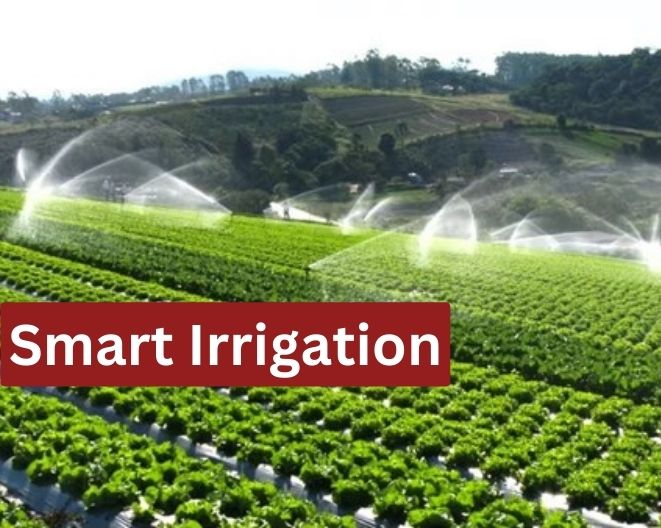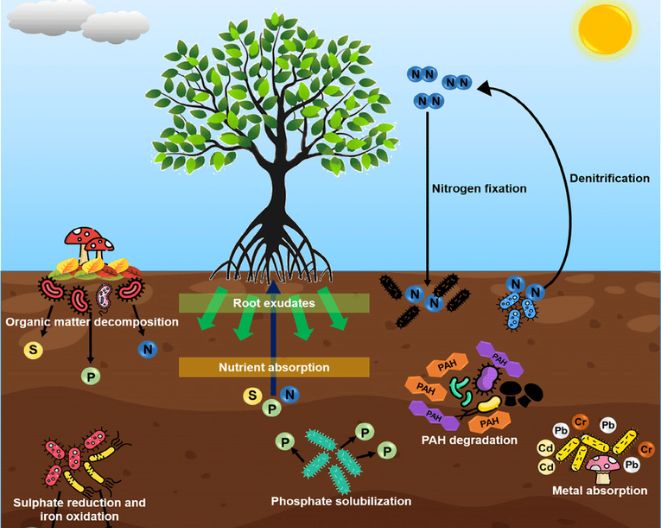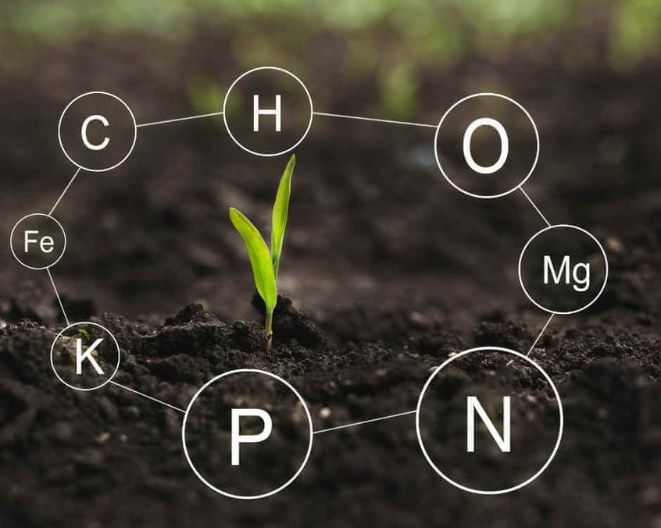As global agriculture faces the daunting challenge of producing more food with less water, irrigation innovation emerges as a lifeline. Research and development (R&D) in smart irrigation systems are revolutionizing the way farmers manage water resources, enhance crop yields, and mitigate environmental impact. This blog post explores the cutting-edge world of smart irrigation, its benefits, and the transformative impact it has on agriculture.
The Evolution of Irrigation
Traditional Irrigation Methods
For centuries, agriculture has relied on traditional irrigation methods such as flood irrigation and furrow systems. While effective in delivering water to crops, these methods are often wasteful and inefficient.
The Rise of Modern Irrigation
Modern irrigation methods, including drip irrigation and sprinkler systems, improved water delivery efficiency. However, these systems often lack real-time adaptability and the ability to respond to changing environmental conditions.
Smart Irrigation: A Paradigm Shift
What Is Smart Irrigation?
Smart irrigation is an innovative approach that leverages technology and data to optimize the use of water resources in agriculture. It combines real-time data, sensors, automation, and precision control to deliver water precisely where and when it’s needed.
The Components of Smart Irrigation
Smart irrigation systems consist of various components, including sensors, weather data, mobile apps, and automated control systems. These elements work in harmony to create an intelligent and responsive irrigation network.
Benefits of Smart Irrigation
1. Water Conservation
One of the most significant benefits of smart irrigation is water conservation. Delivering water based on actual crop needs and environmental conditions minimizes wastage and over-irrigation.
2. Increased Crop Yields
Smart irrigation ensures that crops receive the right amount of water at the right time. This precision enhances crop health and leads to increased yields and improved crop quality.
3. Energy Efficiency
Efficient water use also means reduced energy consumption. Smart systems can be programmed to operate during off-peak hours, lowering energy costs for farmers.
4. Soil Health
Smart irrigation systems can prevent over-saturation, which can damage soil structure. This protects soil health and promotes long-term sustainability.
Challenges in Implementing Smart Irrigation
1. Initial Costs
The cost of installing smart irrigation systems can be a barrier for many farmers. However, the long-term benefits often outweigh the initial investment.
2. Knowledge and Training
Farmers need training and education to effectively use smart irrigation systems. Understanding data interpretation and system management is crucial.
3. Compatibility
Existing irrigation infrastructure may not be easily compatible with smart systems, requiring modifications and upgrades.
4. Data Privacy and Security
The collection of data in smart systems raises concerns about data privacy and security, especially if the data is stored in the cloud.
Innovative Applications of Smart Irrigation
1. Soil Moisture Sensors
Soil moisture sensors measure the water content in the soil and transmit real-time data to the farmer. This information helps in making precise irrigation decisions.
2. Weather-Based Systems
These systems use weather data to adjust irrigation schedules. For example, they can postpone irrigation if rain is expected, saving water and resources.
3. Remote Monitoring
Farmers can remotely monitor and control their irrigation systems through mobile apps. This enables them to make adjustments in real time from anywhere.
4. Machine Learning and AI
Advanced systems employ machine learning and artificial intelligence to predict crop water needs and adapt irrigation accordingly.
Getting Started with Smart Irrigation
1. Assess Your Needs
Evaluate your farm’s irrigation requirements and the crops you grow to determine which smart irrigation system is most suitable.
2. Consult Experts
Seek advice from agricultural extension services, local experts, and agronomists to make informed decisions on system selection and installation.
3. Training and Education
Invest in training for yourself and your team to ensure you can effectively operate and manage the smart irrigation system.
4. Monitor and Adapt
Regularly monitor the system’s performance and make necessary adjustments to optimize water use.
Conclusion
Smart irrigation is not just a technological advancement; it’s a transformation in how we manage water in agriculture. By embracing R&D in smart systems, farmers can conserve precious water resources, increase crop yields, and promote sustainability. While challenges exist, the benefits are undeniable, making smart irrigation a key player in the future of agriculture.





